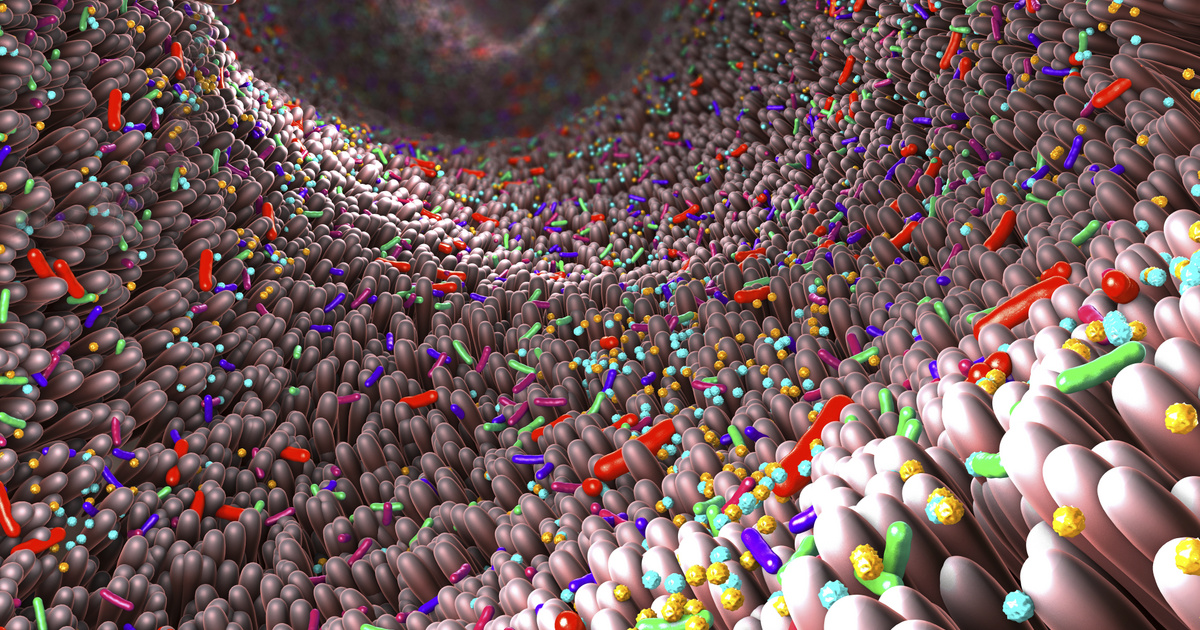Staff at Stanford University have discovered previously unknown virus-like organisms in the human mouth and intestines. Viruses, called obelisks, are simpler RNA loops than viruses.
If we consider, in a poetic stroke, cells as a kitchen, then the recipes for various dishes are contained in the DNA, which plays the role of a cookbook. The data and instructions in the recipe are read by RNA, which acts as an illustrated page of a cookbook, and are transferred to proteins in the organs that do the cooking. RNA is the key to cell control and is exploited by viruses that manipulate cells to make/copy themselves. We know of more than 200 viruses whose genomes consist of RNA, such as influenza, Ebola and the causative agent of Covid.
Whether viruses are considered living organisms is a controversial issue. The definition of life includes reproduction, that is, its own reproductive mechanism, but viruses are not capable of such a thing. Rather, they reproduce by hijacking the systems of bacteria and cells. The problem is the chicken-egg dilemma that can be traced back to the origin of life. The case of viral viruses is more severe, such as this one
It is also simpler than viruses.
The viroids discovered on plants in the 1970s did not have the protective protein coat characteristic of viruses, and were essentially shorter, pathogenic circular RNA segments of RNA viruses.
Viral genomes do not contain a protein code, but plants have been observed to change their genomes, causing abnormalities and developmental abnormalities. For a long time, viroids were thought to be found only in plants, but circular RNAs have also turned up when examining animal cells.
Residents live in residents
Stanford biologist Andrew Fire and his student Ivan Zhilodev found similar structures in a similar way, during genetic analysis of active microbes in the human microbiome. During the analysis, nearly thirty thousand different viruses were found, belonging to a group called obelisks due to the column-like protein attached to ribonucleic acid (RNA). This occurred in 7% of intestinal bacteria and in half of the bacteria that live in the mouth.
Brainstorming. The farther we look, the crazier things we see
Mark Pifer, a biologist at the University of North Carolina, evaluated the result.
Unlike simpler viroids, obelis also contain a protein description code, and the proteins described here called oblins are supposed to play a role in RNA replication.
According to our current knowledge, obelisks
It has no direct effect on human health.
They do not come into contact with human cells, rather their targets are microorganisms living in the human gastrointestinal tract, such as the frequently occurring Streptococcus sanguinis – however, by genetically copying them, they can indirectly affect the human body.
Meanwhile, research uploaded to the bioRxiv platform ahead of the official announcement highlighted the discovery of “a hitherto unknown group of organisms inhabiting the human microbiome.”
(IFL Science, Live sciences, Sciences)














































